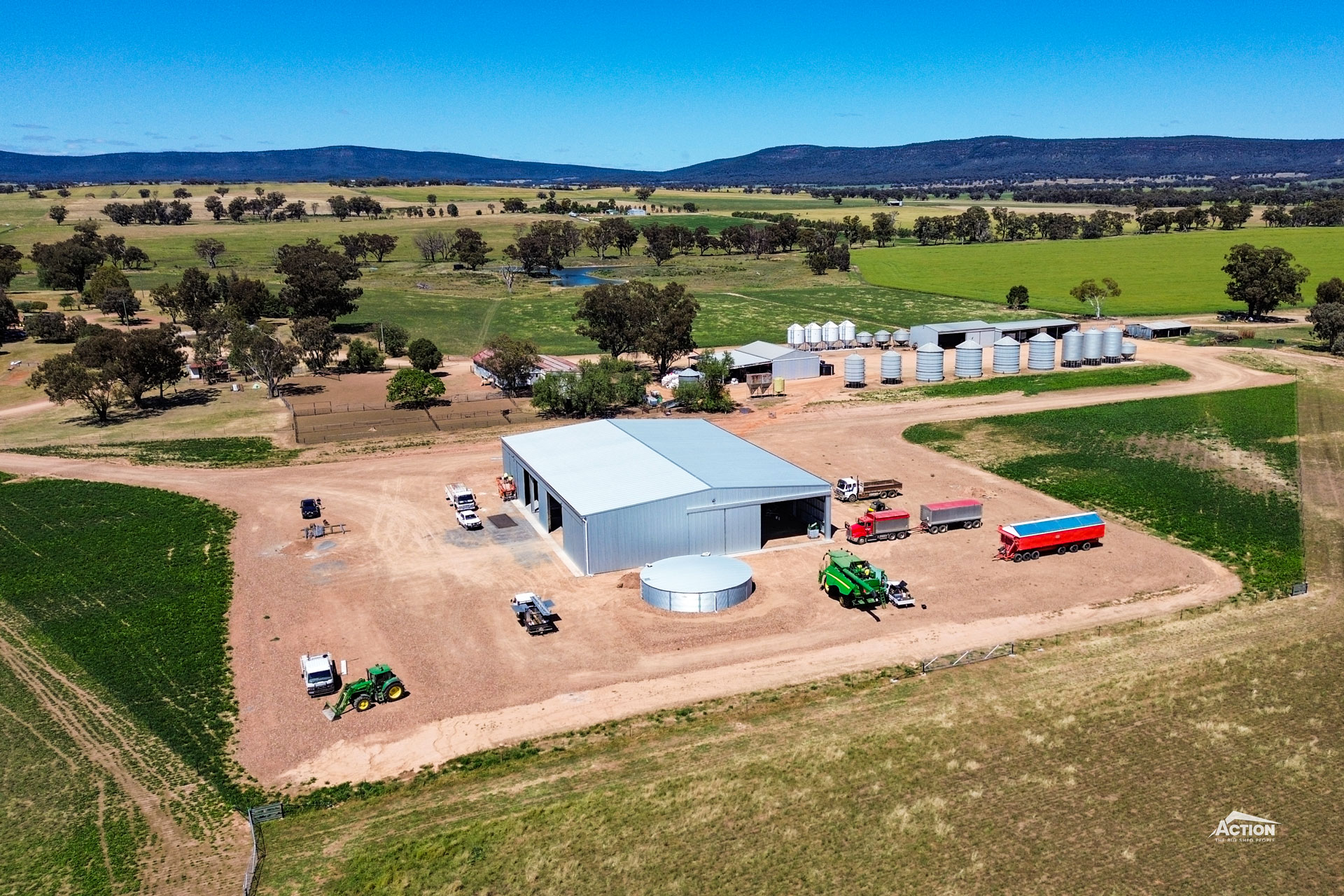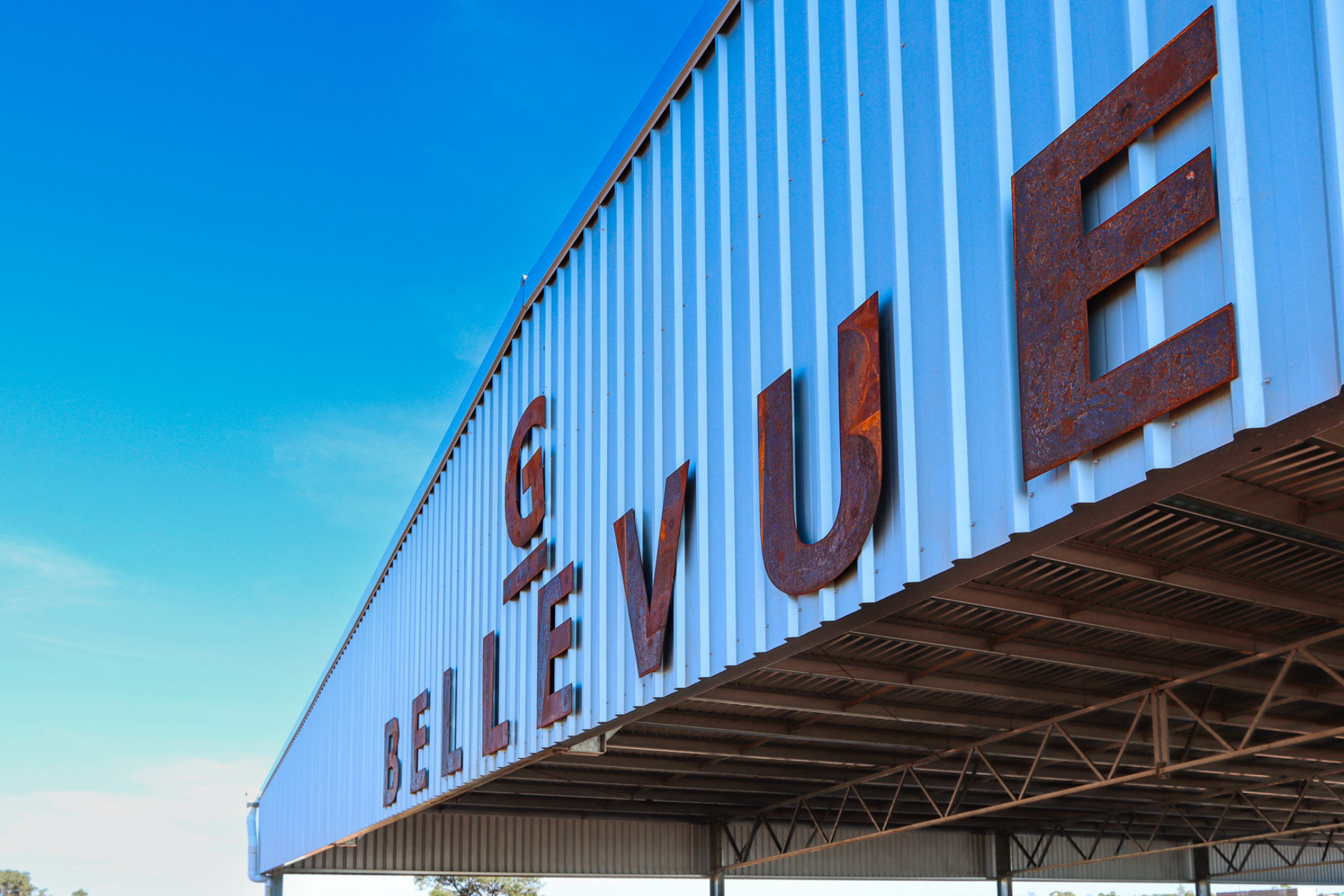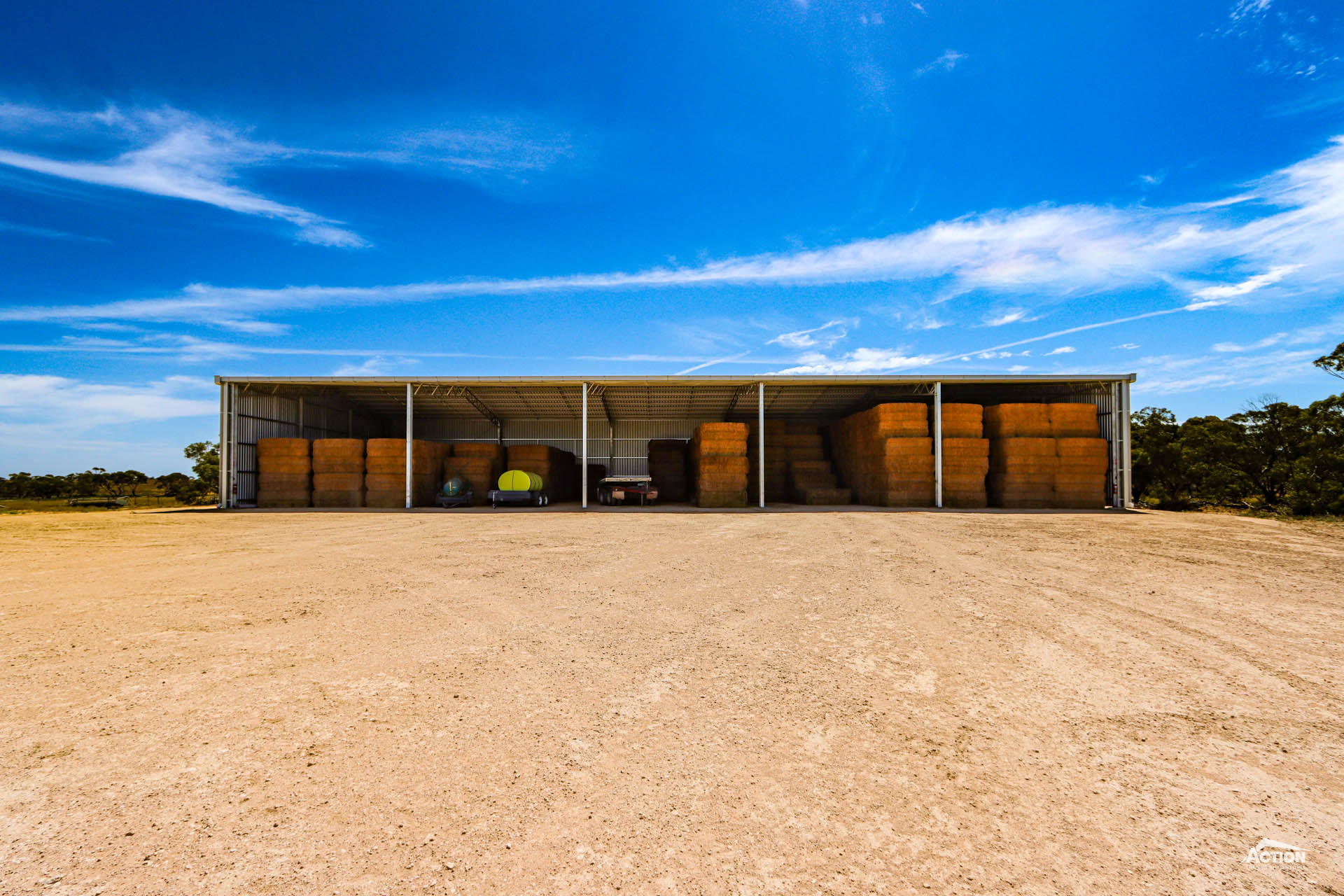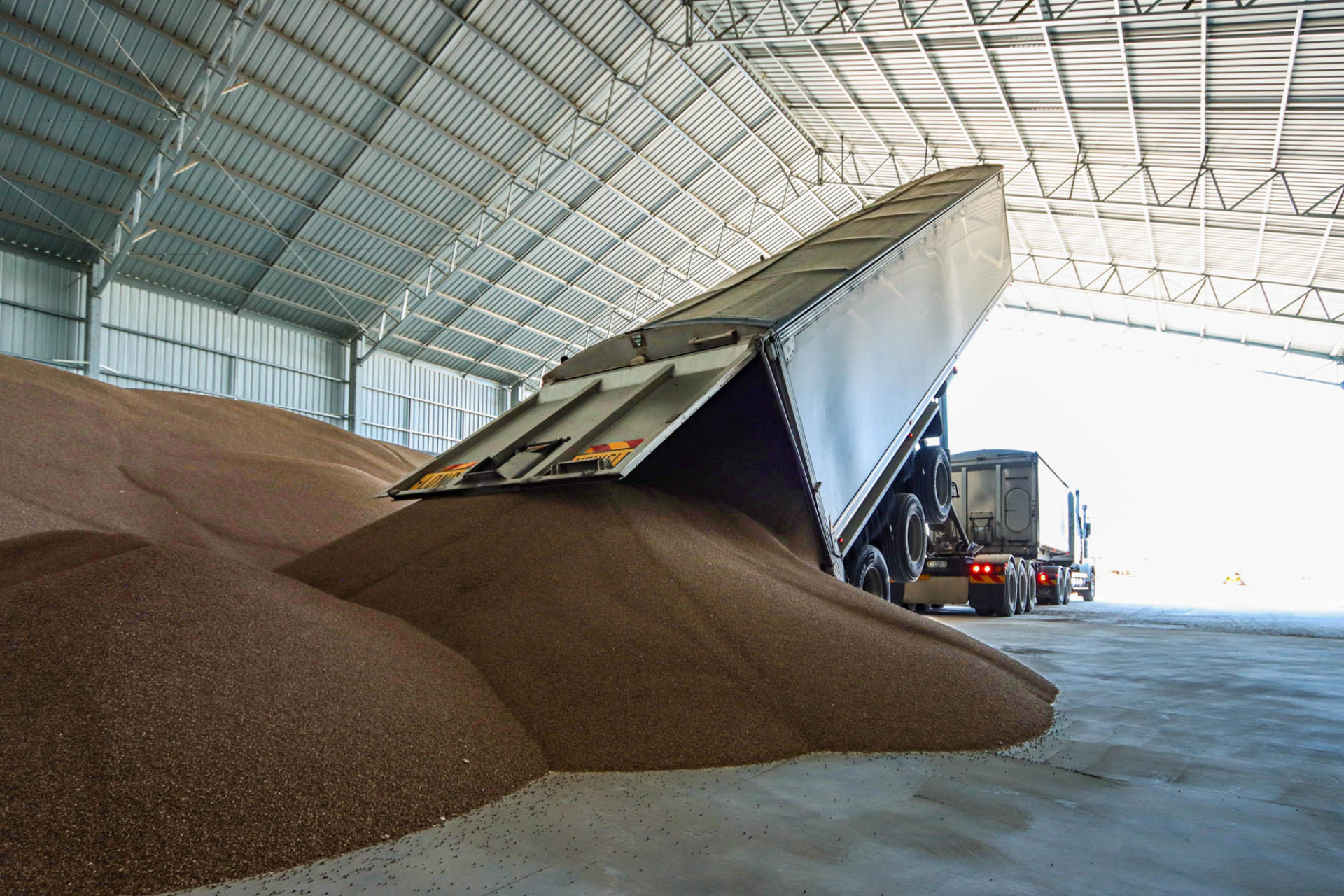There is no doubt that having on-farm grain storage pays dividends.
And you are likely well versed in the advantages of grain storage sheds, such as the low cost per tonne and effective aeration.
But you might not be as familiar with the different grain shed designs available.
If you are planning a new grain shed build, you might be wondering what grain shed design you should choose.
Two of the most common grain shed designs are the ‘inside-out’ grain shed, and the concrete panel grain shed.
So, which is best?
Decisions like these can often come down to your personal preference or your budget.
But it is also important to consider your grain storage requirements and which grain shed design will be able to satisfy these requirements the best.
In this article we discuss inside-out grain sheds versus concrete panel grain sheds, and the pros and cons of both options.
Weighing up between an inside-out grain shed and a concrete panel grain shed?
Then this article is a good starting point for your project research.
What Is An Inside-Out Grain Shed?
An ‘inside-out’ grain shed has iron cladding installed to the inside of the shed rather than on the outside of the shed frame. This allows you to store grain up against the wall.
The wall girts are spaced at closer intervals than a standard shed design to allow grain to be stored to 3 metres high. Struts and intermediate posts are used to support the grain load.
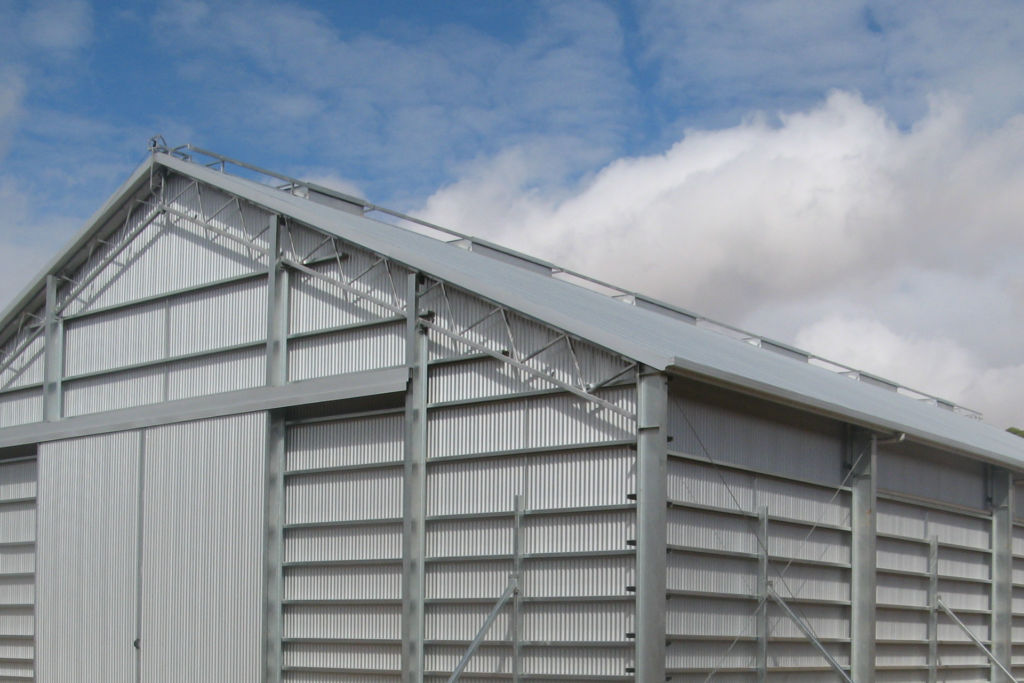
Advantages Of Inside-Out Grain Sheds
Some of the benefits of building an inside-out grain shed include:
- Is a safe way to store grain
- Is suitable for most cereal grains
- It can be used for machinery and equipment storage when not used for grain storage
- It can sometimes be marginally more cost-effective than a concrete panel shed
- It provides a clean skin inside the shed
- There is minimal dust collection
Disadvantages Of Inside-Out Grain Sheds
Some of the ‘cons’ or disadvantages of an inside-out grain shed design include:
- Cladding can be damaged by machinery when loading or unloading the shed. A concrete plinth can be installed to prevent this from happening though.
- Is not suitable for all grain types
- Is not suitable for fertiliser storage due to the corrosion risk
What Is A Concrete Panel Grain Shed?
A concrete panel grain shed design is a shed that uses pre-cast concrete panels to support the grain load inside the shed.
These concrete panel walls are usually three metres high and are fastened to the inside of the shed column. Extra supporting steelwork is installed to accommodate the concrete and grain loads.
There are two configuration options available for this type of grain shed: a fully enclosed shed or an open-front shed.
Read on to learn more about this design option.
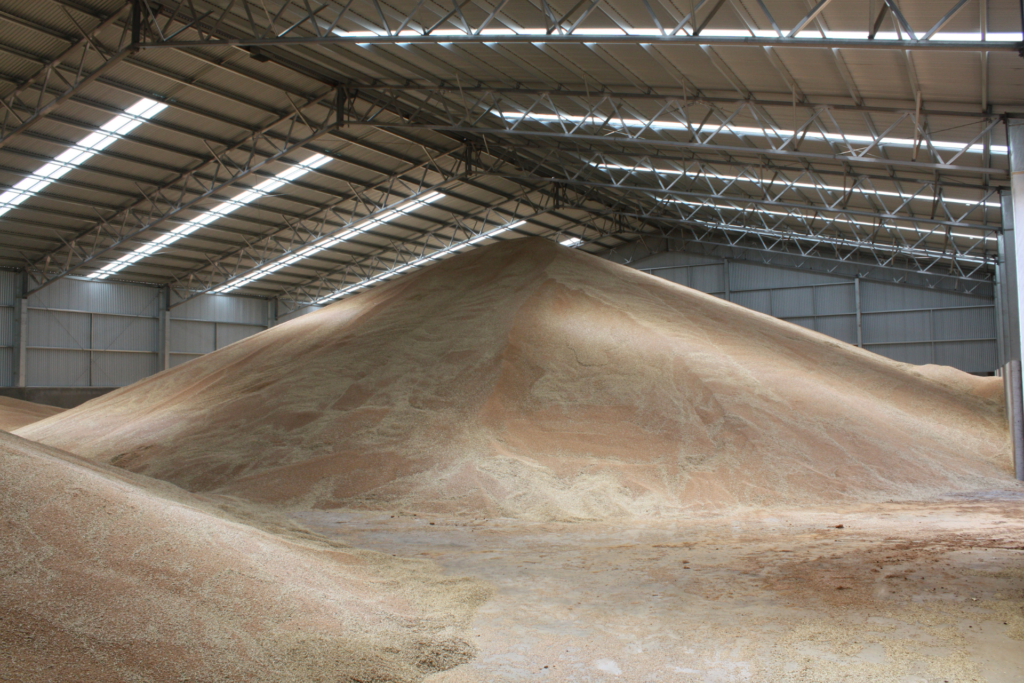
Advantages Of Concrete Panel Grain Sheds
A concrete panel grain shed design has many advantages, here are some of the main benefits of building one:
- A fully enclosed concrete panel grain shed is the most secure way to store grain, providing an effective barrier against pests
- Additional concrete panels can be installed to segregate different types of grains
- An open-front concrete panel grain shed is the most cost-effective configuration, with the lowest cost-per-tonne
- An open-front concrete panel shed has good aeration making it suited to grains such as faba beans
- Is a safe way to store grain
- It can be used for fertiliser storage or machinery storage when not used for storing grain
- Its longevity (compared to an inside-out style shed)


